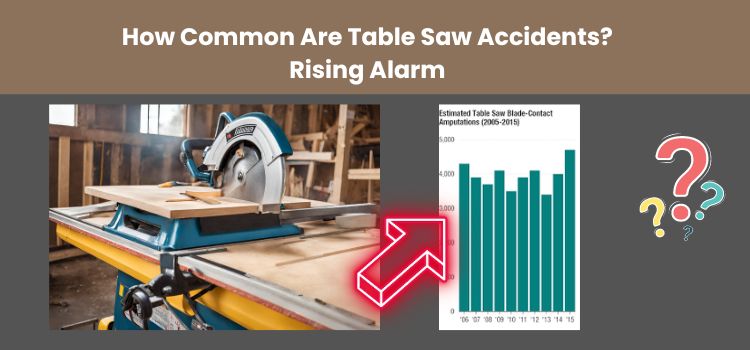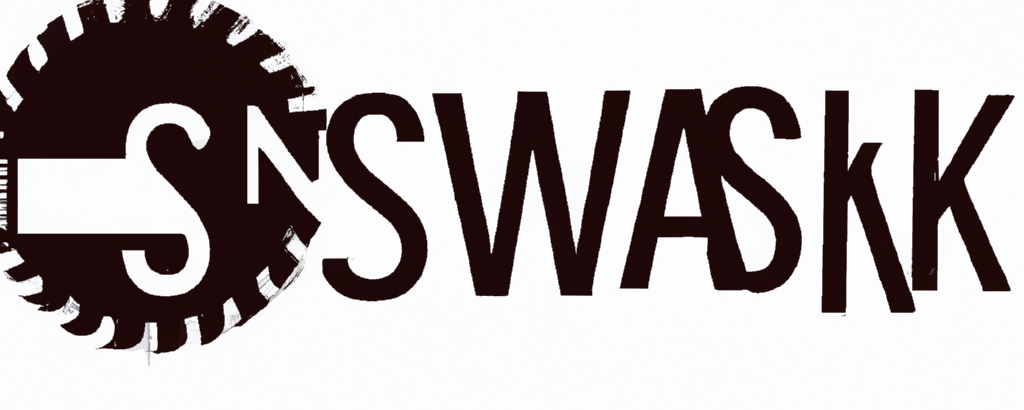How Common Are Table Saw Accidents? Rising Alarm

In many homes and workshops, table saws buzz, cutting through wood. People often don’t think about the risks. Table saws can be dangerous, causing more accidents than we might realize. It’s not uncommon to hear about someone getting hurt. We need to ask, how common are table saw accidents really?
Many folks use these saws, unaware of the lurking risks. Stories of cuts and injuries are more frequent than one would hope. This raises concern. Exploring the commonality of these accidents is vital. Understanding the dangers can make a huge difference in safety for everyone.
It’s time we took a closer look at this issue. By diving into the facts, we can shed light on the real risks. This will help us be more cautious. Being informed can lead to fewer accidents. Let’s strive to make using table saws safer for everyone.
How common are table saw accidents? Alarming Statistics
Over 30,000 table saw injuries are reported annually in the United States. In 2015 alone, 33,400 of these required emergency treatment, with a staggering 92% involving direct contact with the saw blade.
Furthermore, these accidents often lead to amputations, with over 4,000 such cases reported each year. The medical costs associated with these injuries are daunting, exceeding $2 billion annually.
Most injuries involve the hands and fingers, with lacerations being particularly prevalent. Alarmingly, table saws are responsible for more injuries than any other woodworking tool.
Beyond immediate harm, the long-term effects of these injuries can lead to both functional and sensory deficits.
Causes of Table Saw Accidents
The most common causes of table saw accidents are improper use and lack of safety measures. For instance: water damage, etc. Avoiding such accidents involves adhering to safety guidelines and wearing proper protective gear.
The importance of these precautions cannot be overstated, given the severe consequences of negligence.
Table Saw Safety Tips
Implementing safety tips is vital for minimizing risks. Avoiding mistakes, engaging all five senses when using a table saw, and following guidelines can significantly reduce the likelihood of accidents.
Recognizing and respecting the potential dangers of table saws are the first steps towards a safer woodworking environment.
Preventing Table Saw Accidents
Preventing table saw accidents requires a combination of proper maintenance, setup, and user awareness.
Manufacturers also play a critical role in ensuring the safety of their products by incorporating safety features and providing clear instructions.
The joint efforts of manufacturers and users are key to fostering a culture of safety in woodworking.
Conclusion
In conclusion, understanding table saw accident statistics is imperative for fostering safety and preventing accidents. By adhering to safety tips, maintaining equipment properly, and staying informed, we can significantly reduce the risks associated with table saw use. Let’s work together to make woodworking a safer hobby and profession for everyone.
FAQS:
What are two dangers of table saw?
Table saws can cause severe lacerations and amputations, primarily affecting hands and fingers, due to direct contact with the blade.
Where is it safest to stand while using the table saw?
Stand to the side of the blade, not directly behind it, to avoid kickback and maintain control, ensuring user safety.
What are the three main safety features on a table saw?
Table saws typically feature blade guards, riving knives, and anti-kickback pawls to minimize the risk of user injury.
What are 4 safety rules for table saw?
Always use push sticks, wear safety equipment, keep the work area clean, and disconnect power when changing the blade.
What is the number one cause of accidents while sawing?
The primary cause of sawing accidents is user negligence, such as bypassing safety features or not wearing proper protective equipment.
